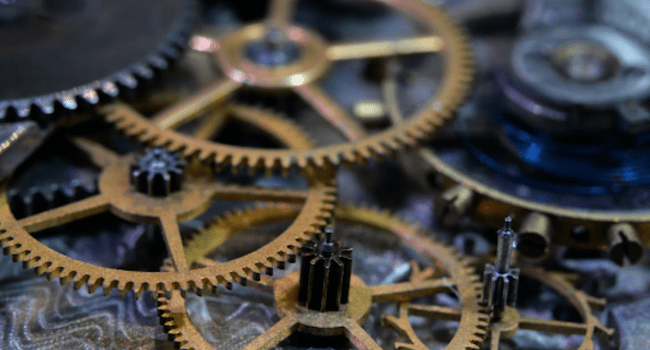Table of Contents
Japanese watches are known for their exceptional quality, attention to detail, and advanced technology. Its history is one of innovation, quality, and competitiveness. The country’s watchmaking industry has come a long way since its humble beginnings and continues to play a major role in the global watch market.
The History
The history of Japanese watches dates back to the early 20th century when the country started to develop its own watchmaking industry. Prior to that, most watches used in Japan were imported from Europe.
In the 1920s and 1930s, Japanese watchmakers began to establish themselves as serious competitors in the global watch market. Brands such as Seiko and Citizen gained recognition for their high-quality and reliable timepieces, and their popularity grew both domestically and abroad.
During World War II, Japan’s watchmaking industry was temporarily disrupted, but it soon regained its momentum in the post-war period. In the 1960s, Seiko introduced its first quartz watch, which revolutionised the industry and established Japan as a leader in watch technology.
Over the following decades, Japanese watchmakers continued to innovate, introducing new materials, designs, and technologies. Today, Japanese watches are known for their high quality, cutting-edge technology, and stylish designs. Brands such as Seiko, Citizen, and Grand Seiko are highly sought after by watch enthusiasts and collectors all over the world.
Here are some of the unique features that make Japanese watches stand out:
- Mechanical Watches: Japanese watchmakers have a strong tradition of producing high-quality mechanical watches. These watches use a mechanical movement to keep time, as opposed to battery-powered quartz watches. Some of the most renowned Japanese mechanical watches are made by brands such as Grand Seiko, Orient, and Miyota.
- Kinetic Watches: Kinetic watches are a type of quartz watch that harnesses energy from the wearer’s movements to power the watch. This type of watch was developed by Seiko, like the Prospex, and is now widely used by other Japanese watch brands. Kinetic watches are known for their accuracy and durability, making them a popular choice for those who want a reliable timepiece.
- Solar-Powered Watches: Another unique feature of Japanese watches is the use of solar power. Solar-powered watches are powered by a small solar cell that converts light into energy to power the watch. This type of watch is popular among environmentally conscious consumers and is widely used by Japanese watch brands such as Citizen.
- Digital Watches: Japanese watchmakers have also been at the forefront of digital watch technology. Digital watches are known for their versatility and can include features such as timers, alarms, and stopwatches. Some of the most advanced digital watches are produced by Japanese brands such as Casio and G-Shock.
- Unique Designs: Japanese watchmakers are also known for their innovative and unique designs. From sleek and modern styles to more traditional designs, Japanese watches come in a variety of styles to suit every taste. Some of the most distinctive Japanese watches are produced by brands such as IWC, Tag Heuer, and Omega.
Wrapping Up
Japanese watches are renowned for their exceptional quality, attention to detail, and advanced technology. Whether you’re looking for a mechanical watch, a kinetic watch, a solar-powered watch, or a digital watch, there’s sure to be a Japanese watch that meets your needs.
Author’s Bio:
Luther Abrams is quite a jack of all trades type of guy. He loves exploring new things and cultivating his knowledge every now and then. Today, he grows more and more interested in jewelry and watches and even writes about such things in his free time.
Read More on KulFiy
